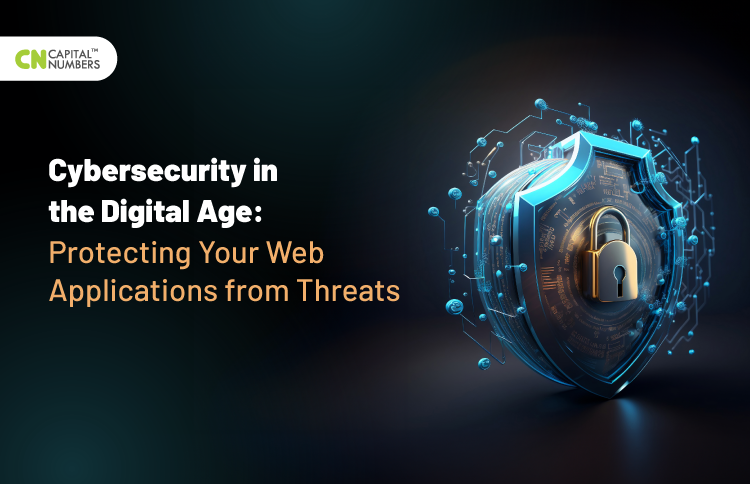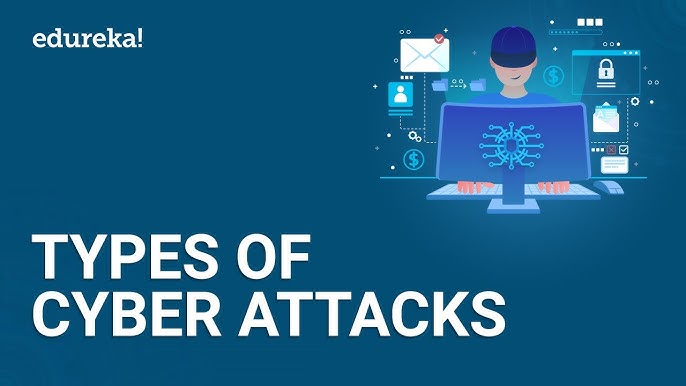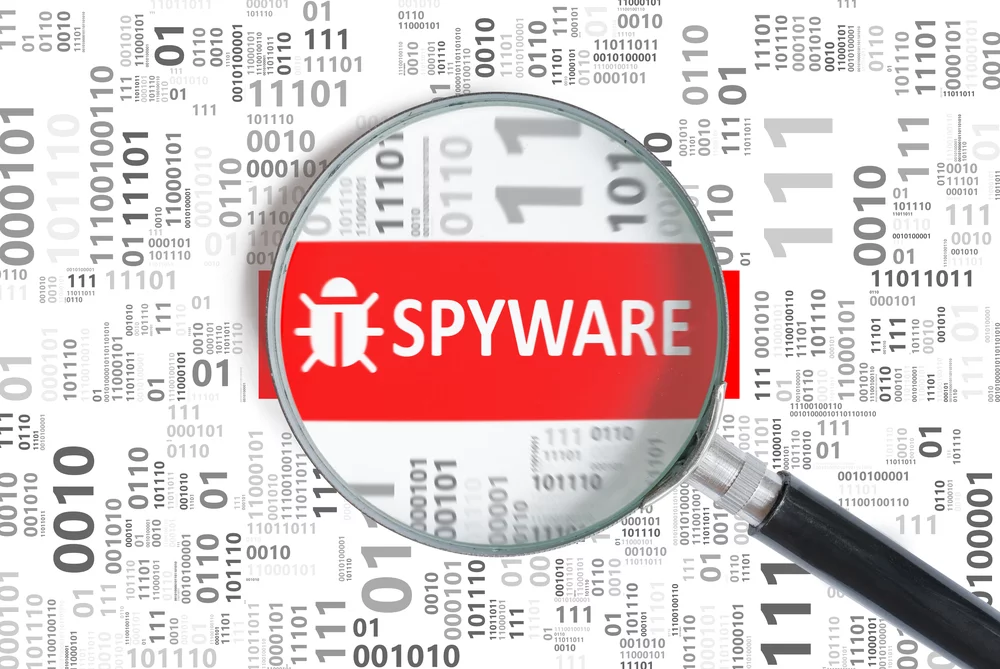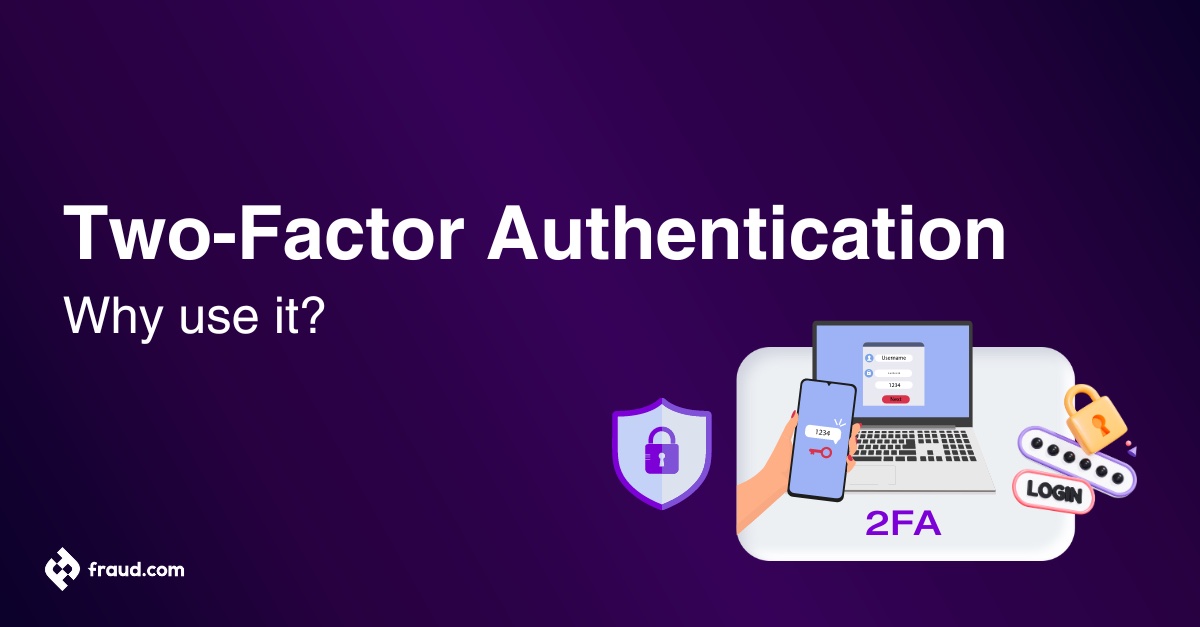In today’s digital world, protecting yourself from online threats is more crucial than ever. Each time you log on, you’re exposed to a myriad of dangers lurking in the shadows. Cybercriminals are constantly developing new tactics to breach your security and steal your personal information. But don’t worry—arming yourself with knowledge can significantly reduce these risks.
Understanding the basics of cybersecurity is not just for tech-savvy individuals; it’s essential for everyone who navigates the internet. From social media users to online shoppers, we all need strategies to safeguard our data and privacy. So let’s dive into what makes up this ever-evolving landscape and how you can take proactive steps to protect yourself from potential threats. Your safety starts here!
Common Online Threats and How They Work
The digital landscape is fraught with various online threats that can compromise your security. Malware, for example, sneaks onto devices through downloads or infected websites, wreaking havoc by corrupting files or stealing data.
Phishing scams are another prevalent danger. They often come in the form of fake emails that mimic reputable sources. Clicking on these links can lead to compromised accounts and stolen credentials.
Ransomware takes this a step further by locking you out of your own files until a ransom is paid. This malicious software spreads quickly and targets both individuals and businesses alike.
Social engineering tricks users into revealing sensitive information under false pretenses. By manipulating emotions or exploiting situations, attackers gain access to what they shouldn’t have.
Awareness of these threats is crucial for effective protection against them.
Password Protection and Management

Passwords are your first line of defense against online threats. A strong password is not just a string of characters; it should be complex, unique, and unpredictable. Avoid using easily guessed information, like birthdays or names.
Consider employing a passphrase instead of a traditional password. Combining random words can create something memorable yet secure.
Managing multiple passwords can feel overwhelming. A password manager simplifies this task by securely storing all your credentials in one place. This allows you to generate strong passwords without the hassle of remembering them all.
Regularly updating your passwords is essential for ongoing security. Set reminders to change them every few months or whenever there’s been a data breach affecting services you use.
Avoid reusing passwords across different accounts. Each account deserves its own unique key to keep potential threats at bay.
Secure Browsing Practices
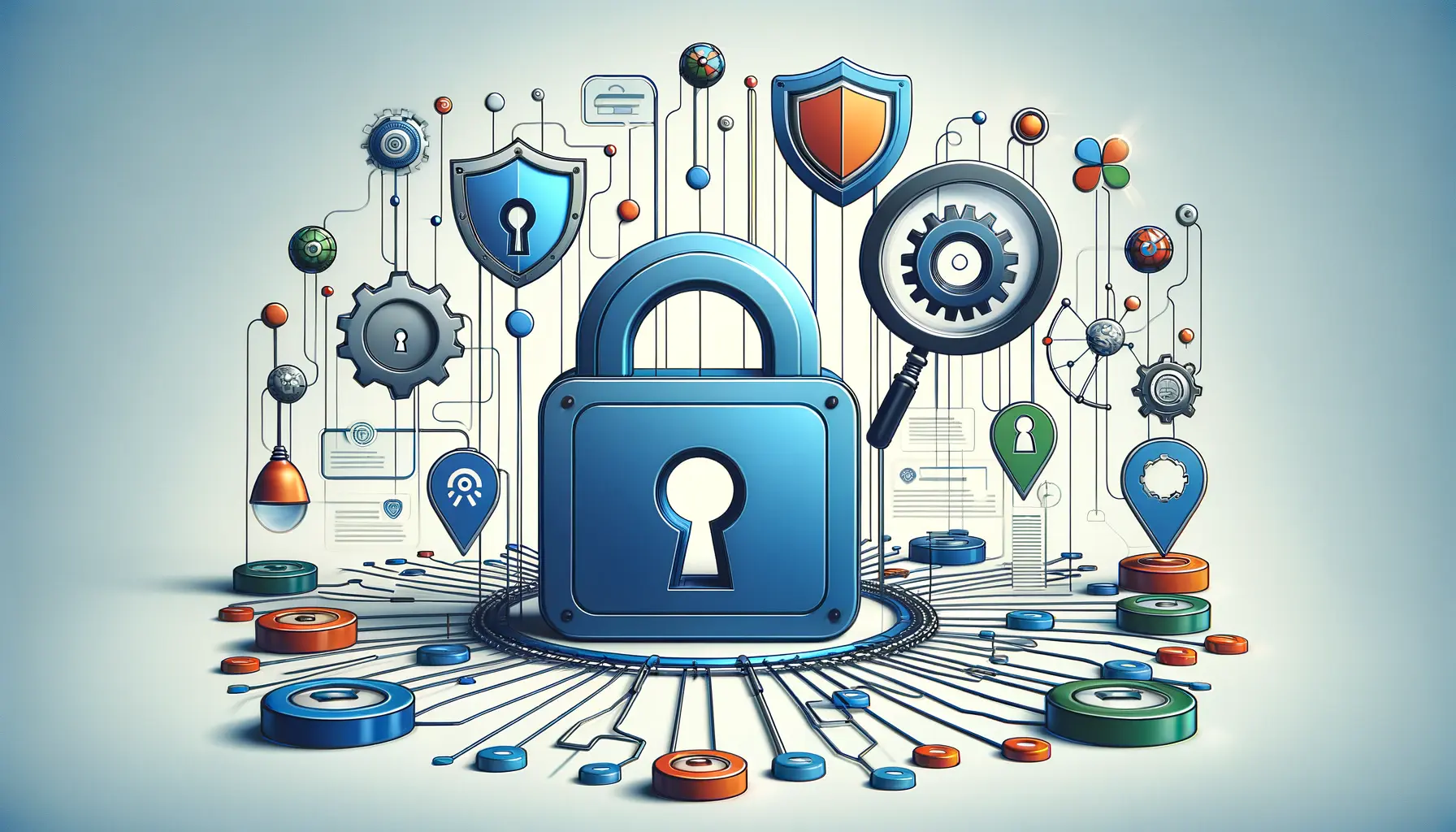
When navigating the internet, secure browsing practices are essential to protect yourself from various threats. Start by using a reputable web browser with built-in security features. Regularly updating your browser ensures you have the latest protections against vulnerabilities.
Always check for “https://” in a website’s URL before entering sensitive information. The ‘s’ indicates that the site is secured with encryption, making it safer for transactions.
Avoid public Wi-Fi networks when accessing personal accounts or conducting financial activities. If necessary, use a Virtual Private Network (VPN) to add an extra layer of protection.
Be cautious about clicking on links in emails or messages from unknown sources. These could lead to malicious sites designed to steal your data.
Consider utilizing privacy-focused search engines and ad blockers that help minimize tracking while you browse online. Your safety is worth prioritizing even during casual surfing sessions.
Importance of Software Updates and Backups

Software updates are crucial for maintaining your digital security. They often include patches that fix vulnerabilities hackers exploit. Ignoring these updates can leave you exposed to various online threats.
Regularly backing up your data is equally important. Disasters happen, whether it’s a hardware failure or a ransomware attack. If you haven’t backed up, you risk losing valuable information permanently.
Automating these processes can make your life easier. Set reminders for software updates and schedule backups at regular intervals. This proactive approach keeps your devices running smoothly while safeguarding against potential losses.
Remember, staying current with software ensures you’re protected from the latest threats out there in cyberspace. A little diligence goes a long way in securing yourself from unexpected cyber incidents.
Two-Factor Authentication and Other Security Measures
Two-Factor Authentication (2FA) is a powerful tool in your cybersecurity arsenal. By requiring two forms of identification, it adds an extra layer of security beyond just a password. This means that even if someone manages to steal your password, they won’t easily gain access to your accounts.
Consider using authentication apps or SMS codes for additional verification. These methods are quick and can make a significant difference in protecting yourself from unauthorized access.
Beyond 2FA, explore other security measures like biometric logins—fingerprint or facial recognition technology offers convenience without compromising safety.
Regularly reviewing account activity can also alert you to unusual behavior before it spirals out of control. Creating unique passwords for each account plays an important role too; this way, one compromised account won’t jeopardize others you hold dear.
Stay proactive about safeguarding your digital life and be mindful of the evolving nature of online threats.
Staying Vigilant Against Phishing Scams
Phishing scams are increasingly sophisticated. They often appear as legitimate emails or messages from trusted sources. The goal? To trick you into revealing sensitive information.
Always scrutinize the sender’s email address. Scammers frequently use slight variations that can be hard to spot at a glance. If something feels off, trust your instincts and verify before clicking any links.
Look for generic greetings in messages claiming urgency or offering rewards. Legitimate companies typically personalize their communications and won’t rush you into hasty decisions.
Hover over hyperlinks without clicking to see where they lead. Malicious websites may look convincing but will ultimately compromise your security if visited.
Stay informed about common phishing tactics by following cybersecurity news. Awareness is key in spotting red flags and protecting yourself against these threats effectively.
Tips for Protecting Personal Information
Protecting your personal information is crucial in today’s digital age. Start by regularly reviewing your privacy settings on social media platforms. Limit the visibility of posts and only share what you truly want others to see.
Avoid oversharing personal details, such as your address or phone number. Even seemingly harmless information can be pieced together for malicious purposes.
Be cautious when filling out forms online. Only provide necessary information and look for secure websites indicated by “https” in the URL.
Consider using a password manager to generate strong passwords that are unique for each account. This will reduce the risk of unauthorized access significantly.
Be mindful of public Wi-Fi networks. Avoid accessing sensitive accounts or entering personal data while connected to them; use a VPN if available instead. Stay proactive about safeguarding yourself against potential threats!
Educating Others on Cybersecurity
Sharing knowledge about cybersecurity is vital in today’s digital landscape. When you understand how to protect yourself, it becomes essential to pass that information along.
Start discussions with friends and family. Explain the importance of strong passwords or the dangers of unsecured Wi-Fi networks. Simple conversations can spark awareness.
Utilize social media platforms to share informative articles and tips. Create engaging posts that highlight common threats and protective measures.
Consider organizing workshops or informal meetups in your community. Providing hands-on demonstrations can make learning more effective.
Encourage others not just to learn but also to question what they encounter online. Fostering a mindset of curiosity will help everyone remain vigilant against evolving cyber threats.
Educating others empowers them, creating a ripple effect that enhances overall cybersecurity for all.
Conclusion
Cybersecurity is a vital aspect of our lives in the digital age. Understanding how to protect yourself from online threats can make all the difference. By being aware of common risks and implementing key practices, you can significantly reduce your vulnerability.
Start with strong password management and secure browsing habits. Regularly updating your software ensures you have the latest security features, while backing up data provides an extra layer of protection against loss or ransomware attacks.
Utilizing two-factor authentication adds another step to safeguard your accounts, making it much harder for attackers to gain access. Staying vigilant against phishing scams will help keep your personal information safe from malicious actors who seek to exploit unsuspecting users.
Educating those around you about cybersecurity best practices creates a more informed community that collectively protects itself against various threats. It’s not just about protecting yourself; it’s also about fostering awareness among friends and family.
Take these steps seriously and remain proactive in safeguarding your online presence. Your efforts today can lead to a safer tomorrow in our interconnected world.

